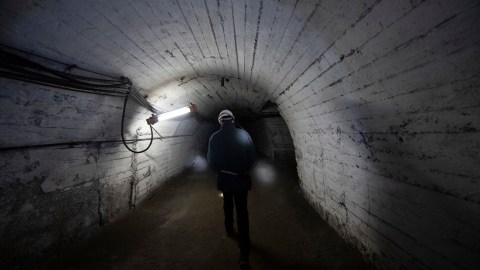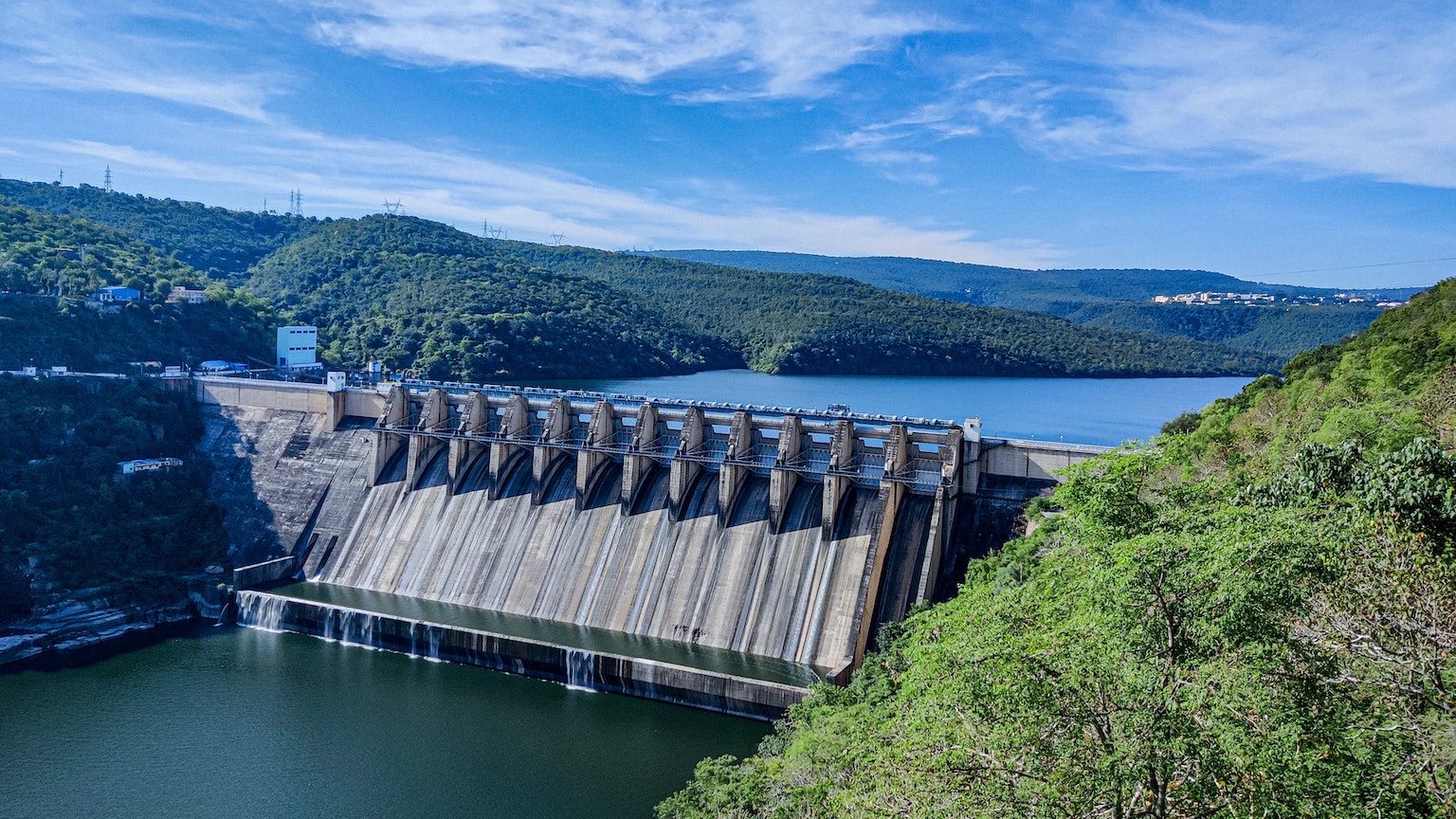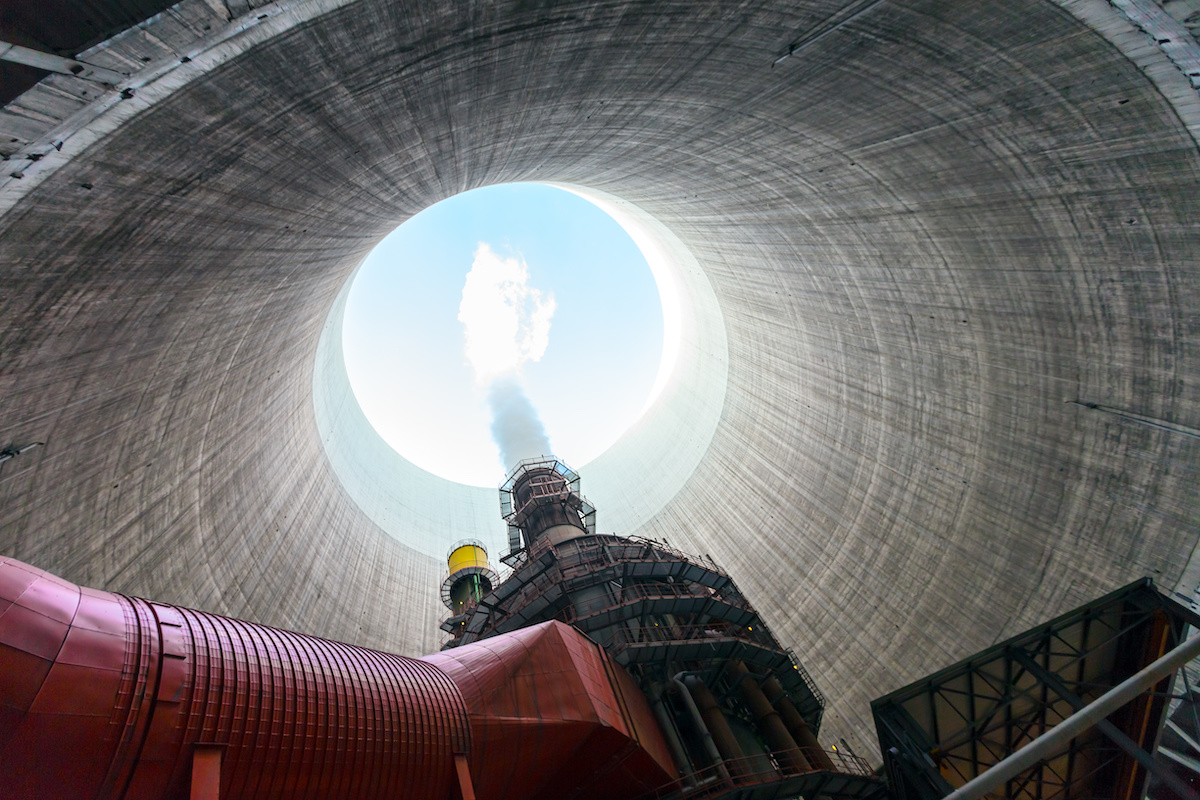The largest private coal company in America just went broke

Iain Burns/SOPA Images/LightRocket via Getty Images
- Murray Energy, the largest private coal company in the U.S., has filed for bankruptcy protection.
- It is just one of several similar companies to seek these protections this year.
- Its decline has been years in the making, and is another sign that the market has decided coal’s fate.
Murray Energy, the largest private coal mining company in the country, filed for bankruptcy protection on Tuesday. While the collapse of such a large company is stunning, the fall was not shocking — the company has been on the brink of collapse for years. It joins the ranks of eight other major coal firms this year as the industry declines.
A bankruptcy years in the making
Murray Energy has been on the ropes for some time, this Fox clip from 2016 depicts them as being in trouble even then. While its higher-ups did their best to stay afloat with restructuring plans, the company has finally entered default and sought bankruptcy protection.
Founder Robert Murray, who has just stepped down as CEO, explained in a statement, “Although a bankruptcy filing is not an easy decision, it became necessary to access liquidity and best position Murray Energy and its affiliates for the future of our employees and customers and our long-term success.”
The company intends to continue operations during its chapter 11 reorganization, for which it has been given a credit line of $350 million.
But why now?
There is a reason Murray is joining the other major coal firms which have gone bankrupt this year. Coal is on the way out. The industry is simply unable to operate as it once did and will be replaced by other sources of energy. While stronger environmental regulations may be hastening its demise, the declining price of renewable energy is also a considerable factor. It is now more expensive to burn coal than to use renewable energy to produce electricity.
In addition to the rise of renewables, coal has had to compete with cheap, slightly cleaner-burning natural gas, which now produces more electric power than coal does in the United States. As many coal plants age and are closed down they are replaced by gas-burning plants or alternative energy sources. In a famous example, Xcel Energy in Minnesota realized they could earn hundreds of millions by closing two coal plants and switching to natural gas and renewables.
Even insurance companies are beginning to cash out of the industry, both out of a sense of corporate social responsibility and the understanding that promoting coal now will damage their bottom lines later, when climate change causes disasters they’ll have to pay dime for dime for. This means that fewer coal plants are being built even when it might otherwise be profitable to do so.
American demand for coal is less than half of what it was a mere 10 years ago, a fall of more than 500 million short tons. In terms of energy production, coal was once the source of more than half of American electric power, today it provides 28 percent and is falling fast. Coal exports are down, too. The Energy Department is predicting further declines in coal production to come, with an 11 percent decline next year.
You don’t need a degree in economics to see where that puts a mining company.
Plans to bail out the industry have been considered. Last year, a plan drawn up by the Energy Department was leaked to the press. Consisting of an emergency order to stop the closure of coal-burning power plants, the policy was intended to shore up the coal industry by slowing the decline of the demand for coal. It was shelved when members of the Federal Energy Regulatory Commission explained that this plan would “blow up” the energy market and cause energy prices to rise.
What will happen now that the company is broke?
Environmentalists cheered the bankruptcy filing as a significant step forward for environmental protection. Ken Cook of the Environmental Working Group told The New York Times: “Bob Murray and his company are the latest examples of how market forces have sealed the fate of coal and there’s nothing the president can do about it.”
Murray employs several thousand people in coal country. What will become of their jobs after the reorganization process is complete is anyone’s guess. Several mining companies that have gone under recently have continued operations as smaller entities, suggesting that more then a few jobs are at risk.
The continued decline in demand for coal overall suggests that they will face new challenges in the future in any case. This reality stands in marked contrasts to recent attempts to shore up the industry by the Trump administration, which promised to “end the war on coal” in 2016. While the number of coal jobs has increased slightly since then, it isn’t quite the rebirth the industry was hoping for.
It seems that deregulation isn’t enough to stop market forces.
Likewise, Murray Energy is a major contributor to the pension fund of the United Mine Workers of America union. The bankruptcy may cause significant issues in pension funding, further affecting the regions that have depended on coal mining for so long.
UMW president Ceil Roberts warned of hard times ahead in a statement, saying:
“Now comes the part where workers and their families pay the price for corporate decision-making and governmental actions. Murray will file a motion in bankruptcy court to throw out its collective bargaining agreement with the union. It will seek to be relieved of its obligations to retirees, their dependents and widows. We have seen this sad act too many times before.”
The problem is genuine, with contributions from Murray, the pension fund was expected to be solvent until 2022. Without them, it might last until 2020.
Murray Energy is the latest casualty in the “war” on coal. Its collapse is but another sign that both an increasingly environmentally-conscious society and modern capitalism have decided, hand in hand, that coal is a relic of the past and have moved on. The only thing left is to make sure that the people who once relied on it can move on too.





